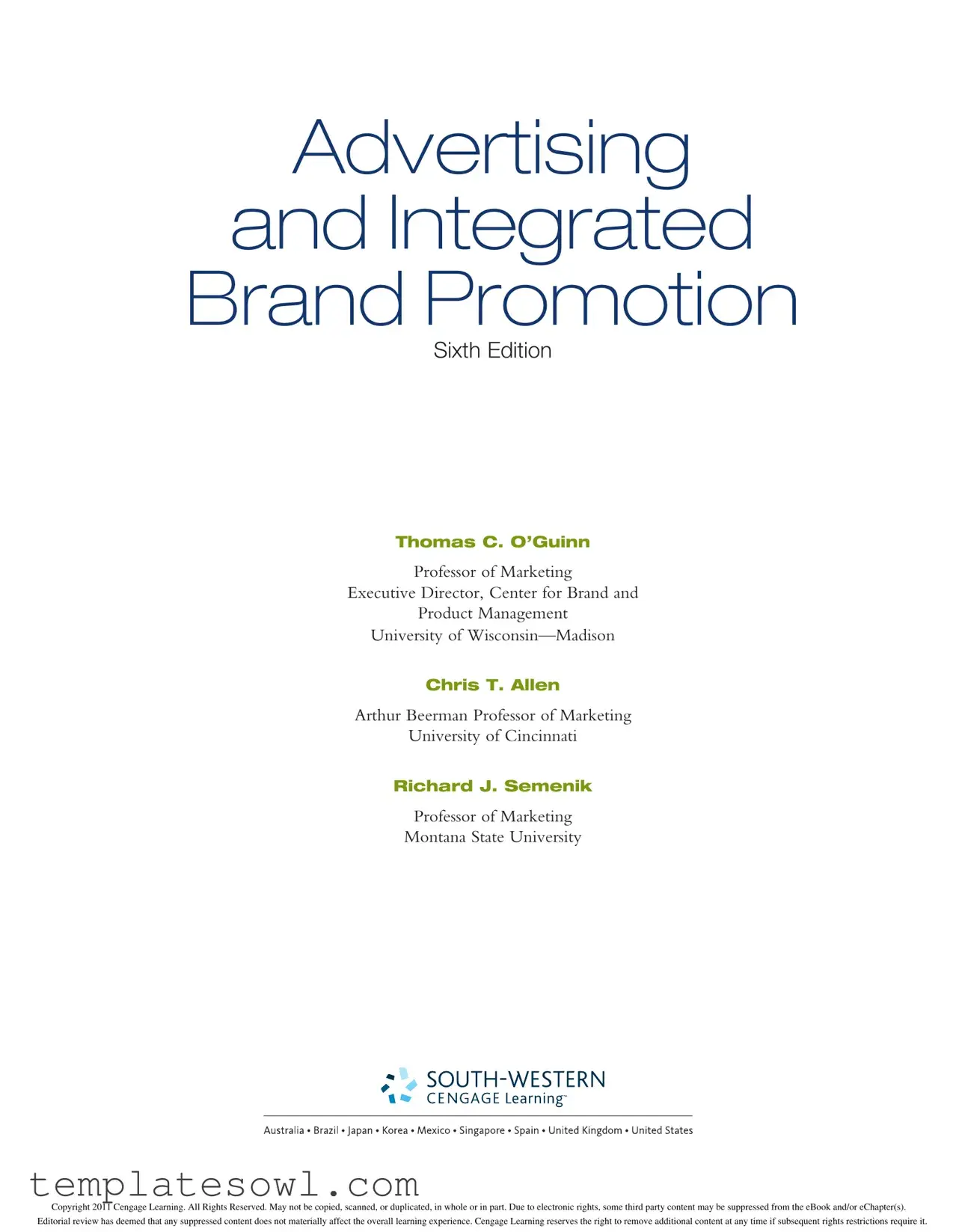214 |
Part 2: Analyzing the Environment for Advertising and Integrated Brand Promotion |
could it be better than “The Best a Man Can Get”? Following a product differen- tiation strategy, the role for Schick
blade is essential for a close shave. But next up is Gillette to shave you closer than close. And so it goes.
The message is that marketing strategies and the advertising that supports them are never really final. Successes realized through proper application of STP marketing can be short-lived in highly competitive markets where any successful innovation is almost sure to be copied or “one-upped” by competitors. Thus, the value creation process for marketers and advertisers is continuous; STP marketing must be pursued over and over again and may be supplemented with product differentiation strategies.
Virtually every organization must compete for the attention and business of some customer groups while de-emphasizing or ignoring others. In this chapter we will examine in detail the way organizations decide who to target and who to ignore in laying the foundation for their marketing programs and advertising campaigns. The critical role of advertising campaigns in executing these strategies is also highlighted.
2Identifying Target Segments.
The first step in STP marketing involves breaking down large, heterogeneous mar- kets into more manageable submarkets or customer segments. This activity is known as market segmentation. It can be accomplished in many ways, but keep in mind that advertisers need to identify a segment with common characteristics that will lead the members of that segment to respond distinctively to a marketing program. For a segment to be really useful, advertisers also must be able to reach that segment with information about the product. Typically this means that advertisers must be able to identify the media the segment uses that will allow them to get a message to the segment. For example, teenage males can be reached through product placements in video games and movies; selected rap, contemporary rock, or country radio stations; and all things Internet. The favorite syndicated TV show among highly affluent households (i.e., annual household income more than $100,000) is Seinfeld, making it a popular choice for advertisers looking to reach big spenders.
In this section we will review several ways that consumer markets are commonly segmented. Markets can be segmented on the basis of usage patterns and commit- ment levels, demographic and geographic information, psychographics and lifestyles, or benefits sought. Many times, segmentation schemes evolve in such a way that multiple variables are used to identify and describe the target segment. Such an out- come is desirable because more knowledge about the target will usually translate into better marketing and advertising programs.
Usage Patterns and Commitment Levels.
One of the most common ways to segment markets is by consumers usage patterns or commitment levels.With respect to usage patterns, it is important to recognize that for most products and services, some users will purchase much more frequently than others. It is common to find that heavy users in a category account for the majority of a products sales and thus become the preferred or primary target segment. 5
For instance, Coffee-mate executives launched a program to get to know their cus- tomers better by returning calls to those who had left a complaint or suggestion using the toll-free number printed on the product packaging.6 As a result they met Paula Baumgartner, a 44-year-old who consumes four jars of Coffee-mates mocha-flavored
5.Don E. Schultz, “Pareto Pared,” Marketing News, November 15, 2009, 24; Steve Hughes, “Small Segments, Big Payoff,” Advertising Age, January 15, 2007, 17.
6.Deborah Ball, “Toll-Free Tips: Nestle Hotlines Yield Big Ideas,” The Wall Street Journal, September 3, 2004, A7.










